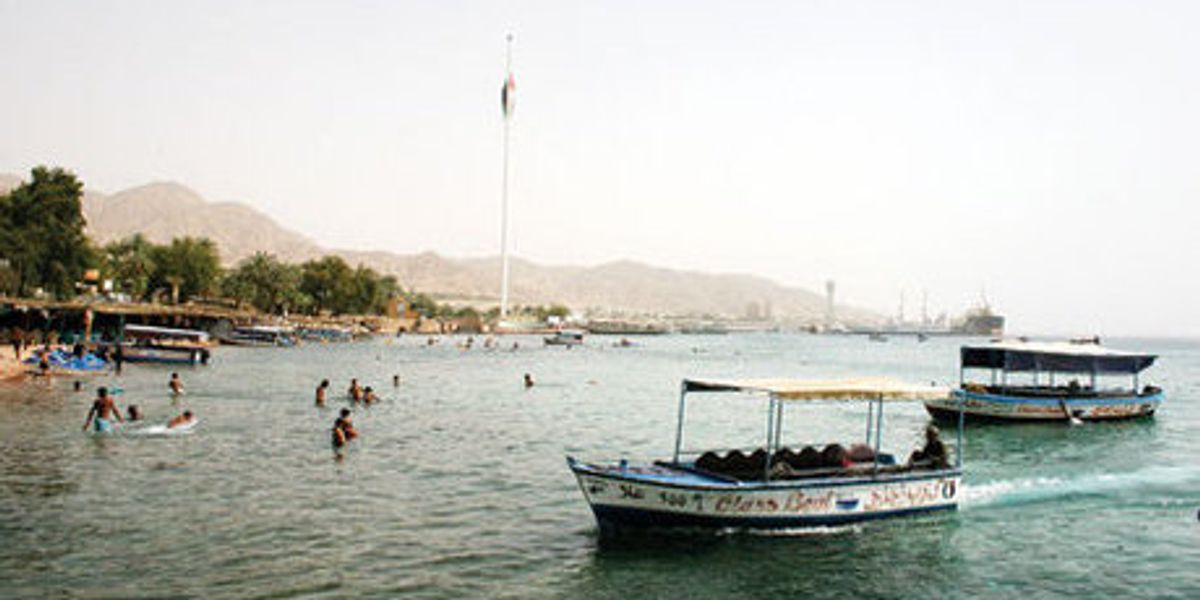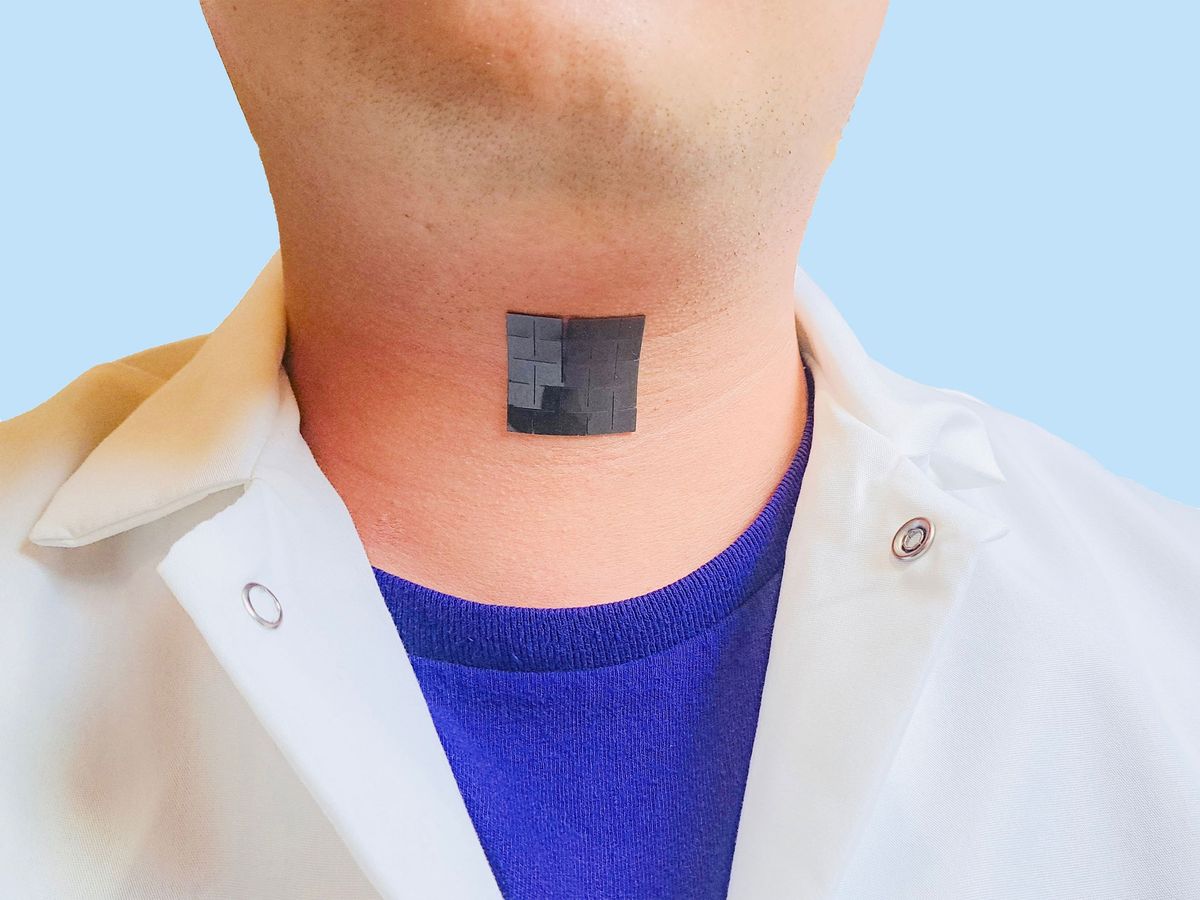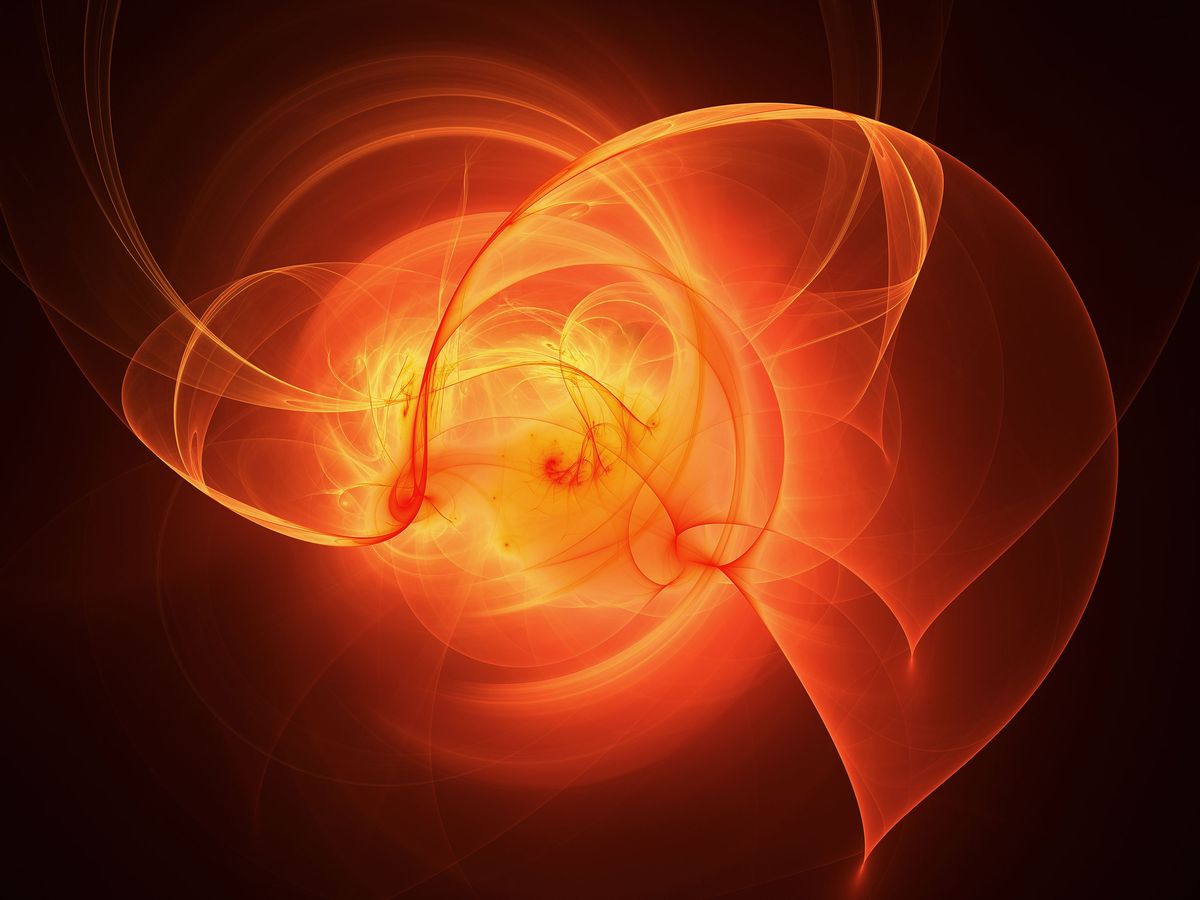Siemens is building power converter stations for a 2000 MW high-voltage, direct-current underground transmission line that will connect France's Languedoc and Spain's Catalonia, regions that have deep cultural and linguistic ties but are separated by the Pyrenees The record-capacity, 65-kilometer-long cables are to come into operation in two years and will carry current at 320 kilovolts.
"The centerpiece of the HVDC Plus power converter stations," says Siemens, "is a converter based on IGBT (insulated gate bipolar transistors) which transforms the alternating current into direct-current and back again. By contrast with grid-commutated power converter technology, the HVDC Plus system works with turn-off power semiconductors, so that the commutation processes in the power converter are completely independent of the grid voltage. Very fast control and protective intervention in the power converter makes for a highly dynamic system, which is essential especially for coping with grid faults and disturbance in the three-phase ac network."
As northeastern Spain is more tightly linked to the European grid system, could electricity prices drop and prospects improve for desalination plants built in Catalonia? Right now a partially built 300-million-euro plant at Torrevieja is sitting idle, without electricity or seawater access, as regional and national authorities feud about its advisability and costs. Wherever such plants are proposed, water and energy needs tend to collide. Tiny Malta gets 40 percent of its freshwater from desalination plants, and Jordan (photo above)--relying on a intelligent water management systems--has plans to move in a similar direction.



